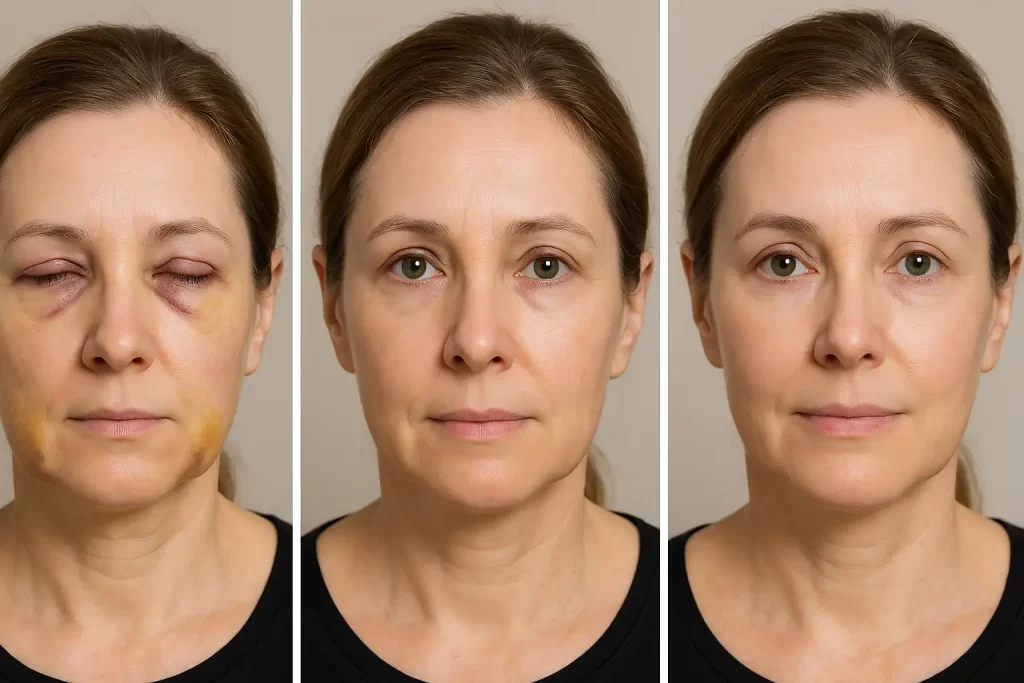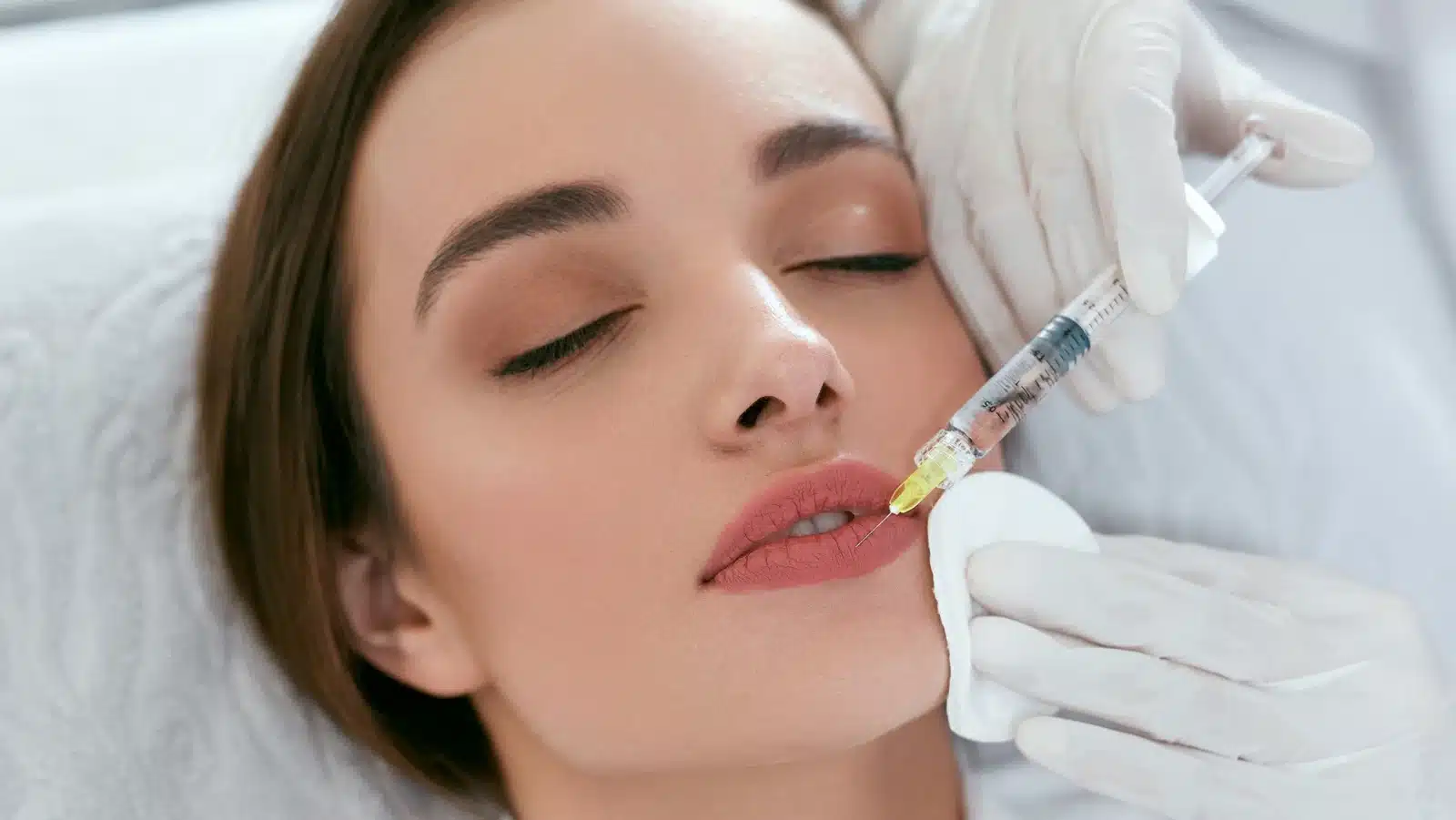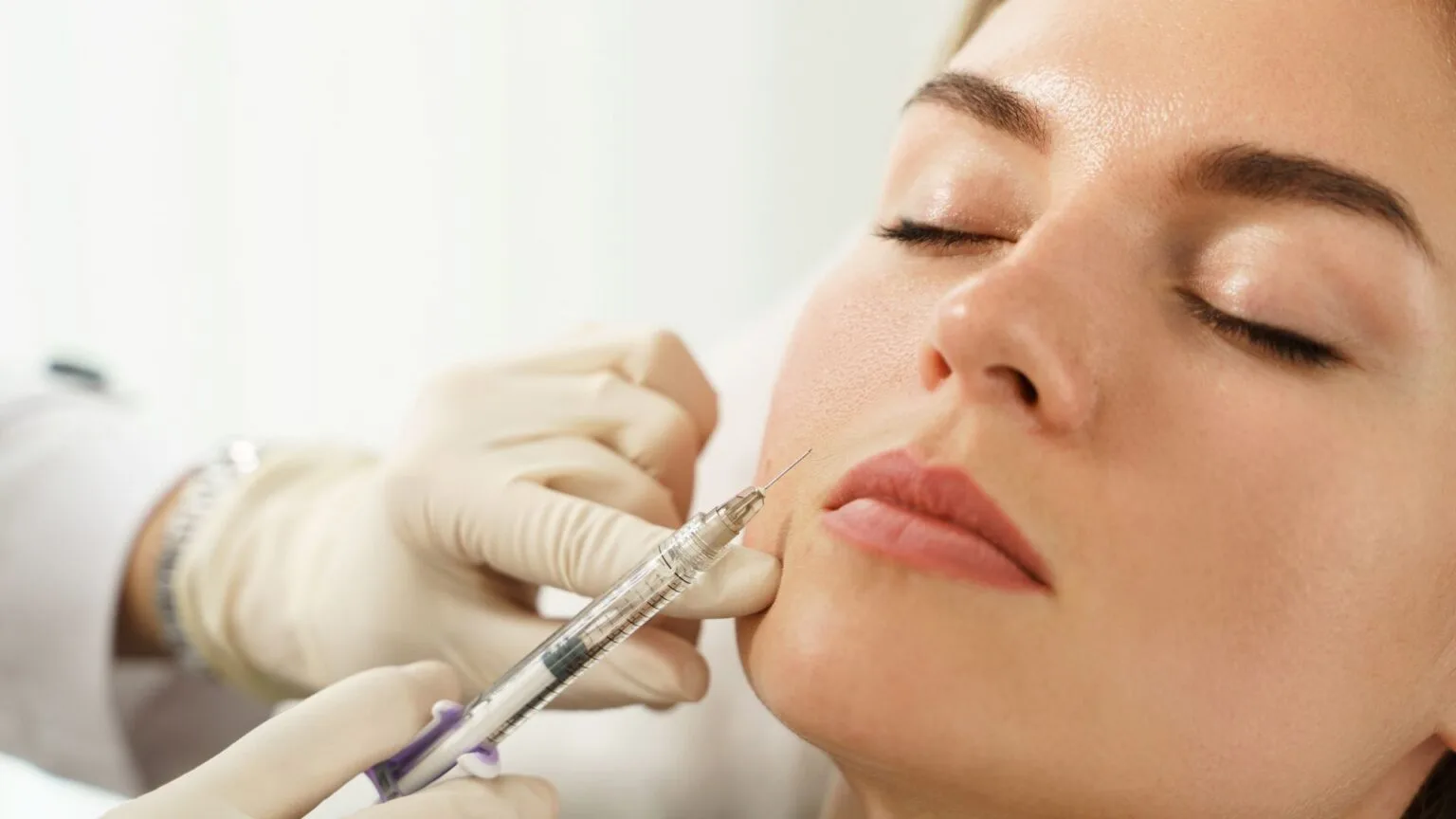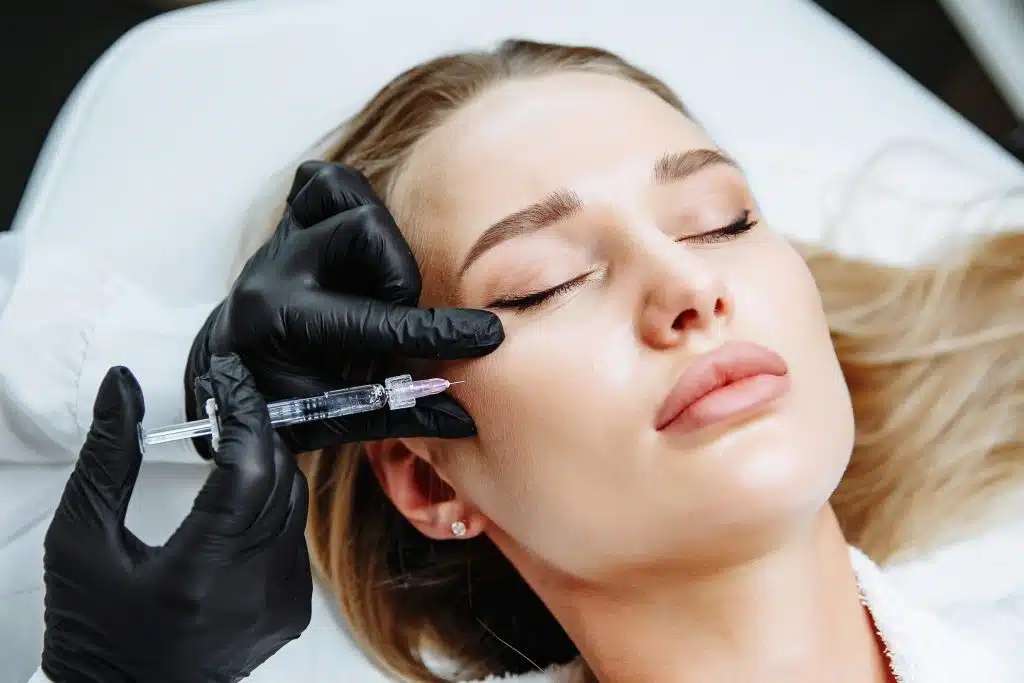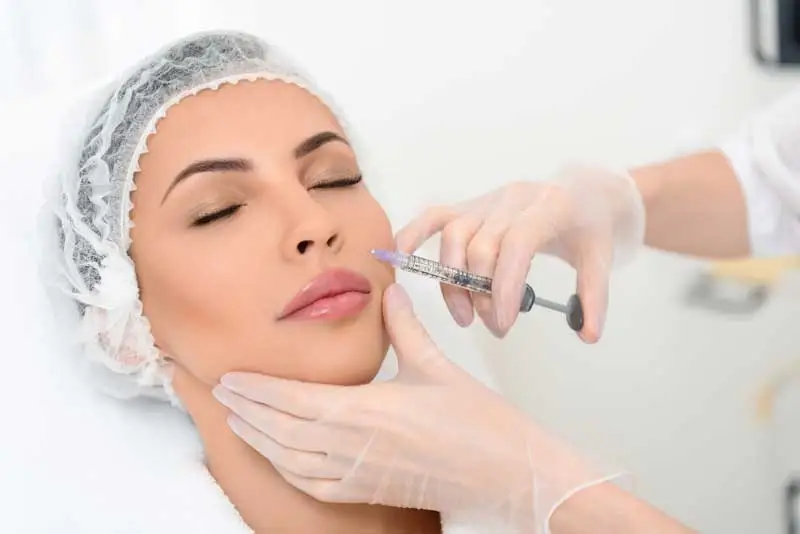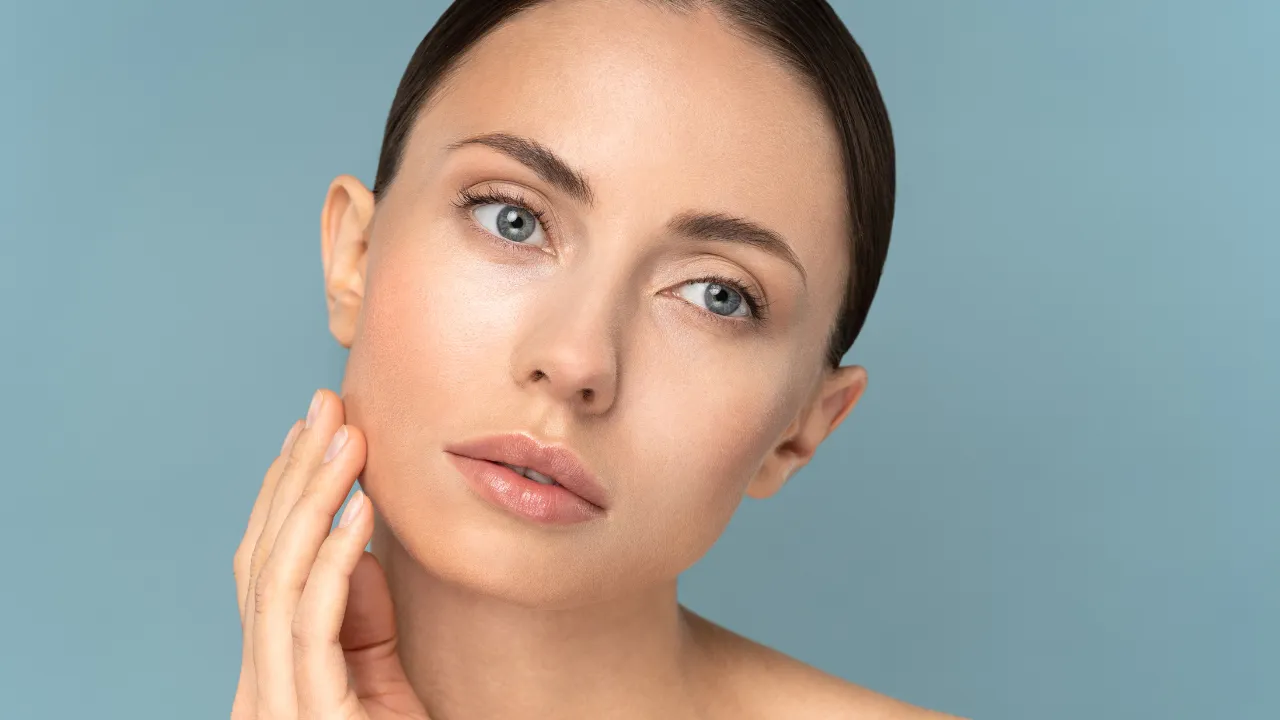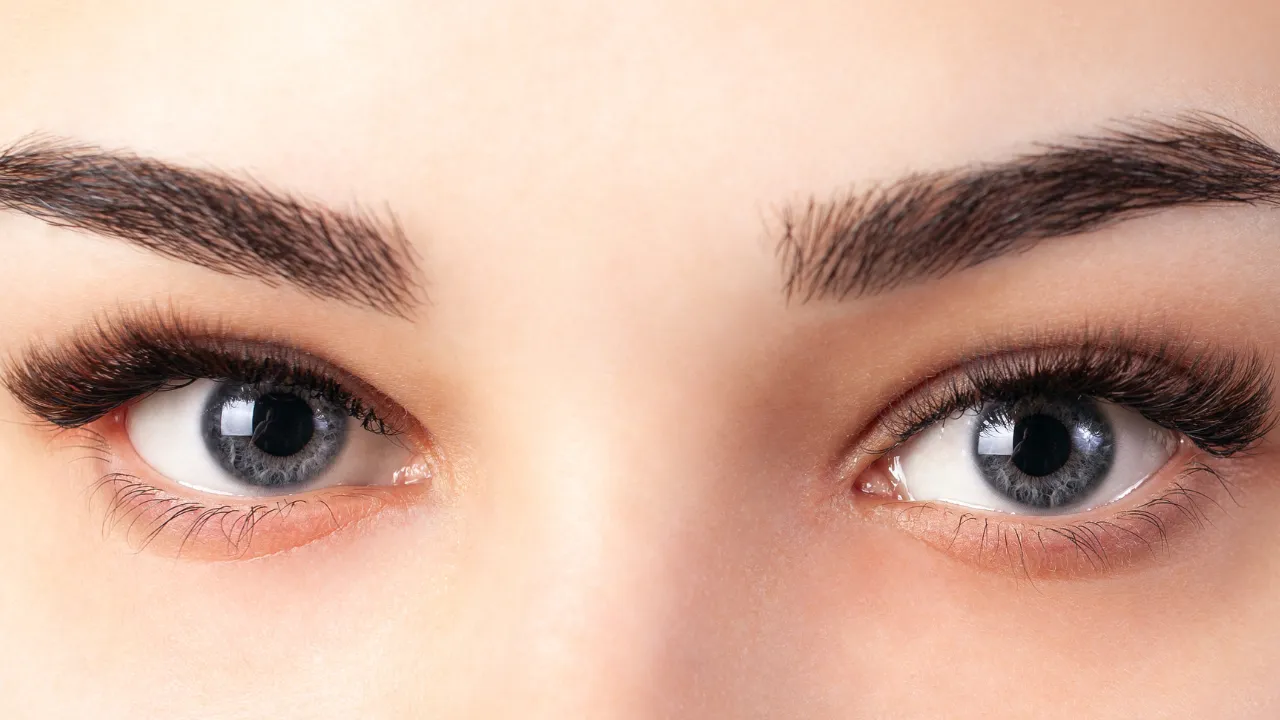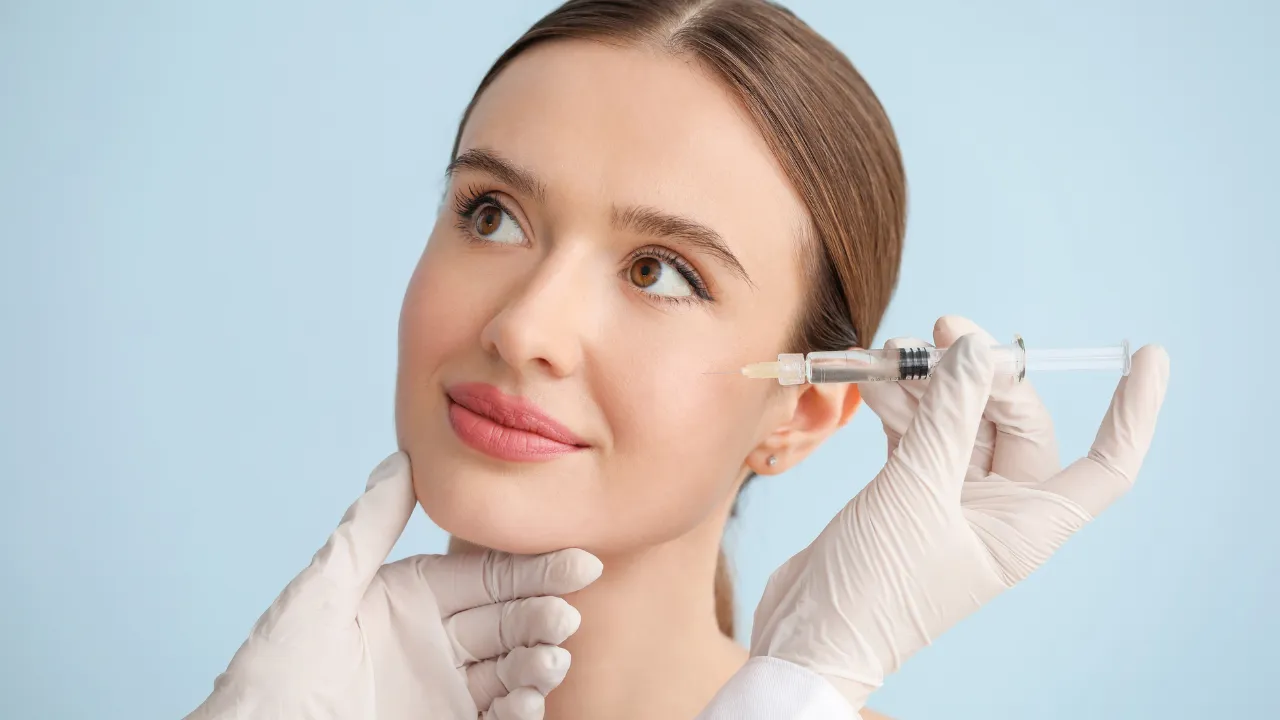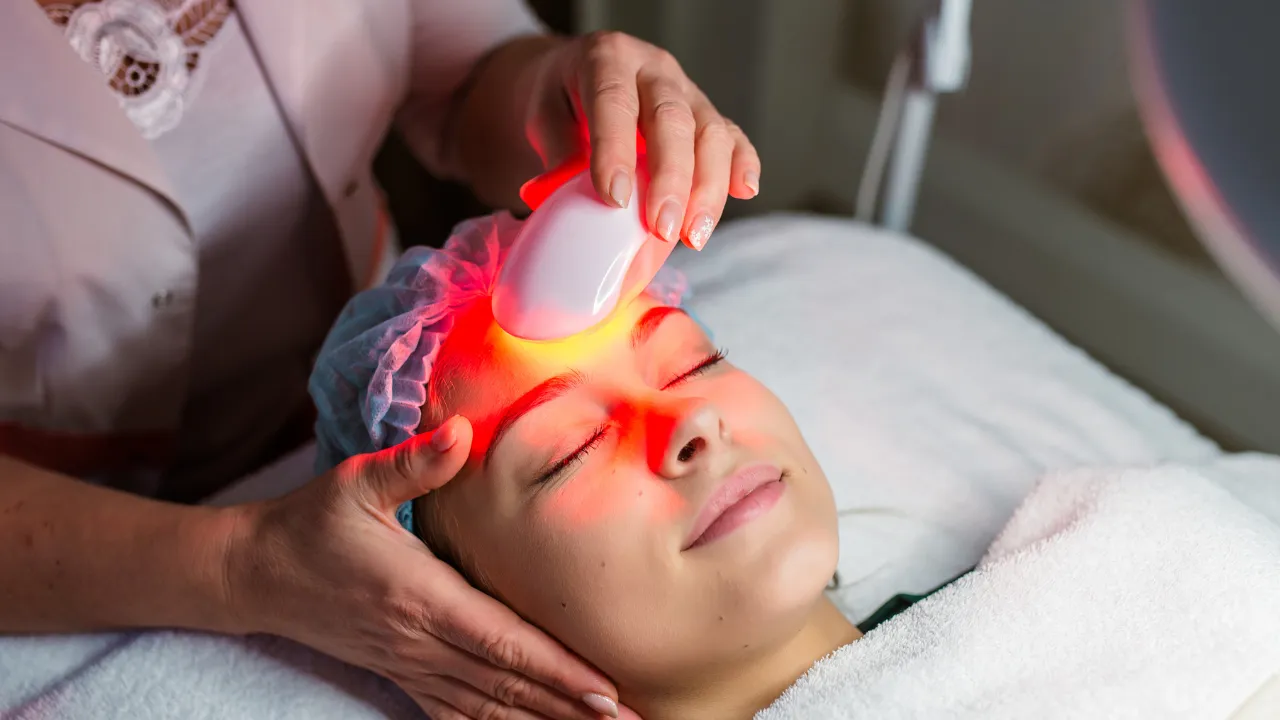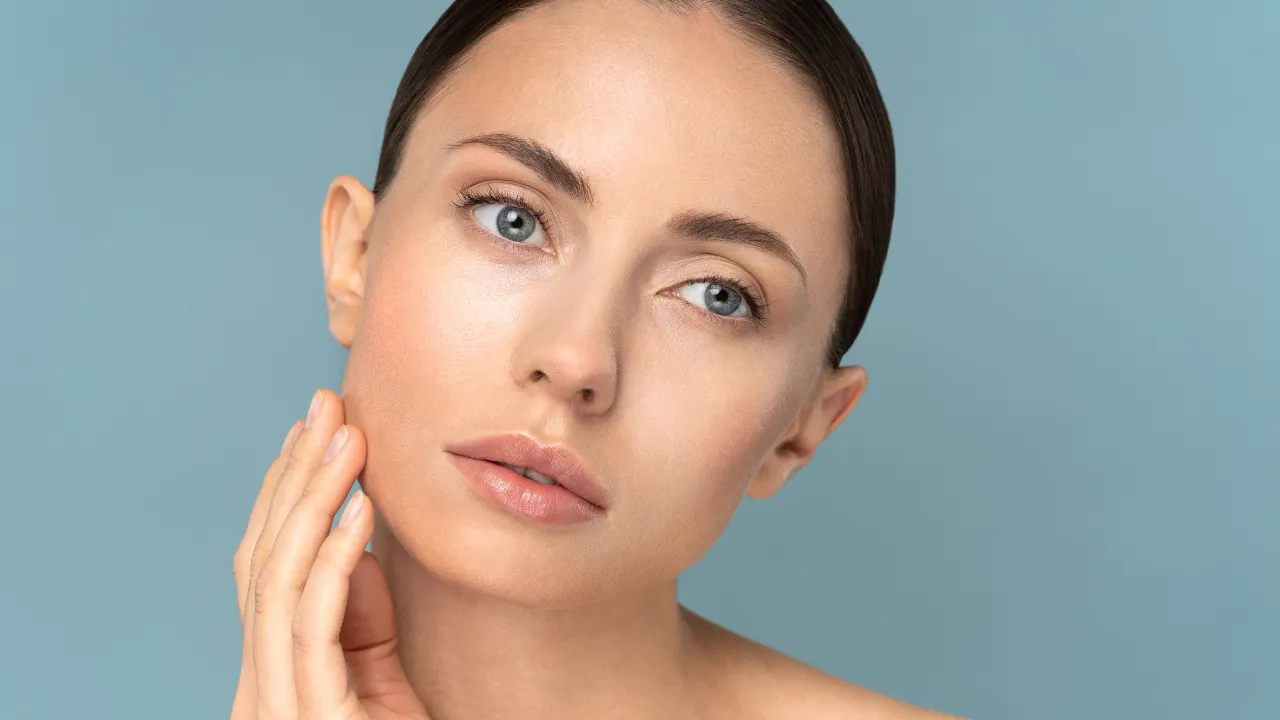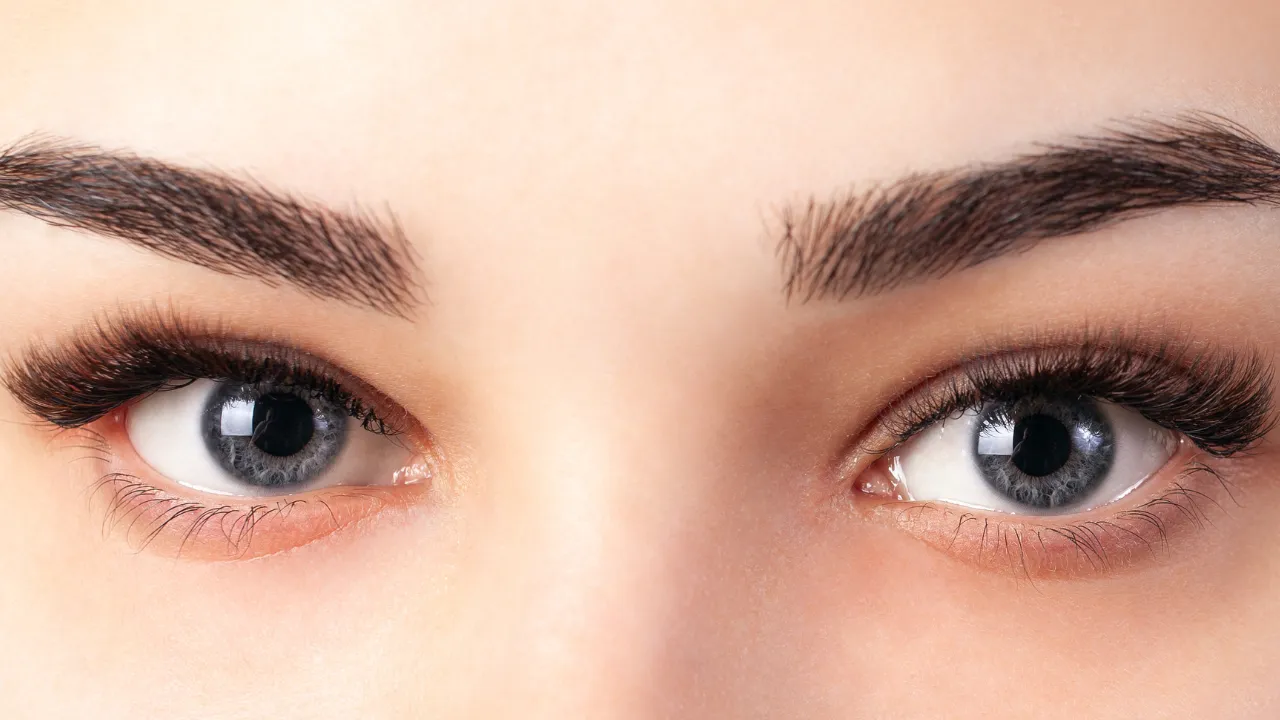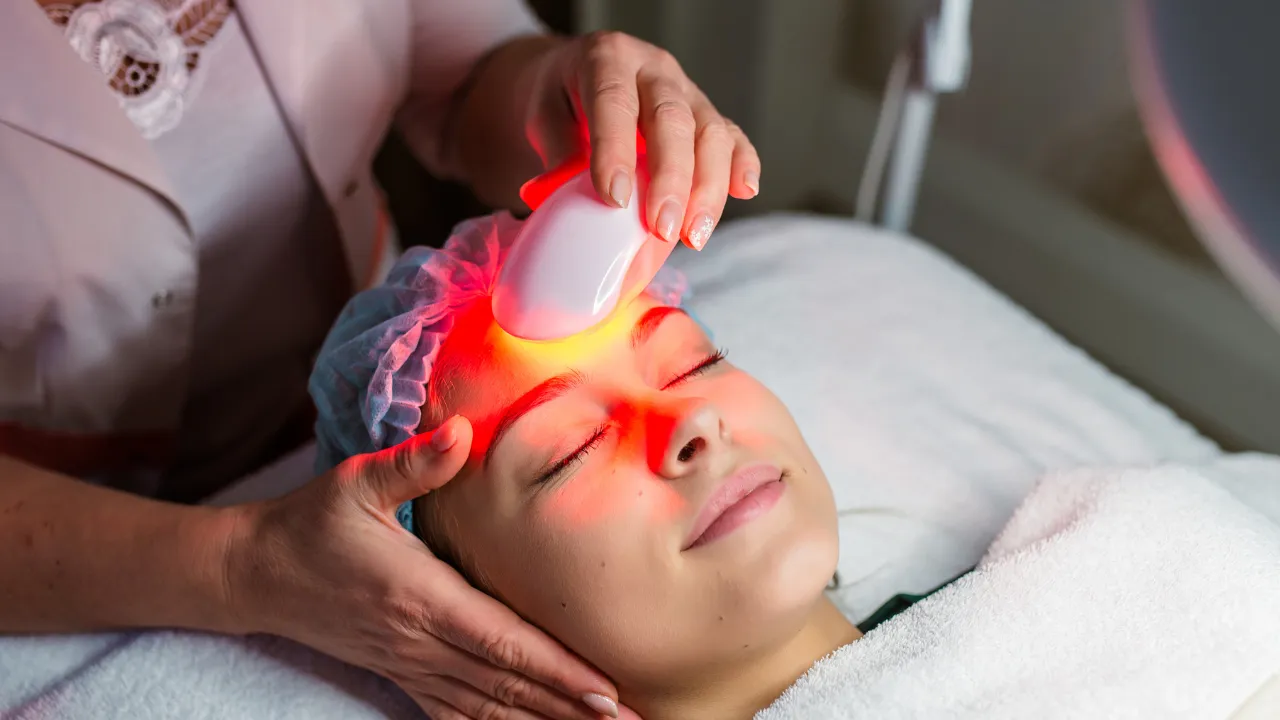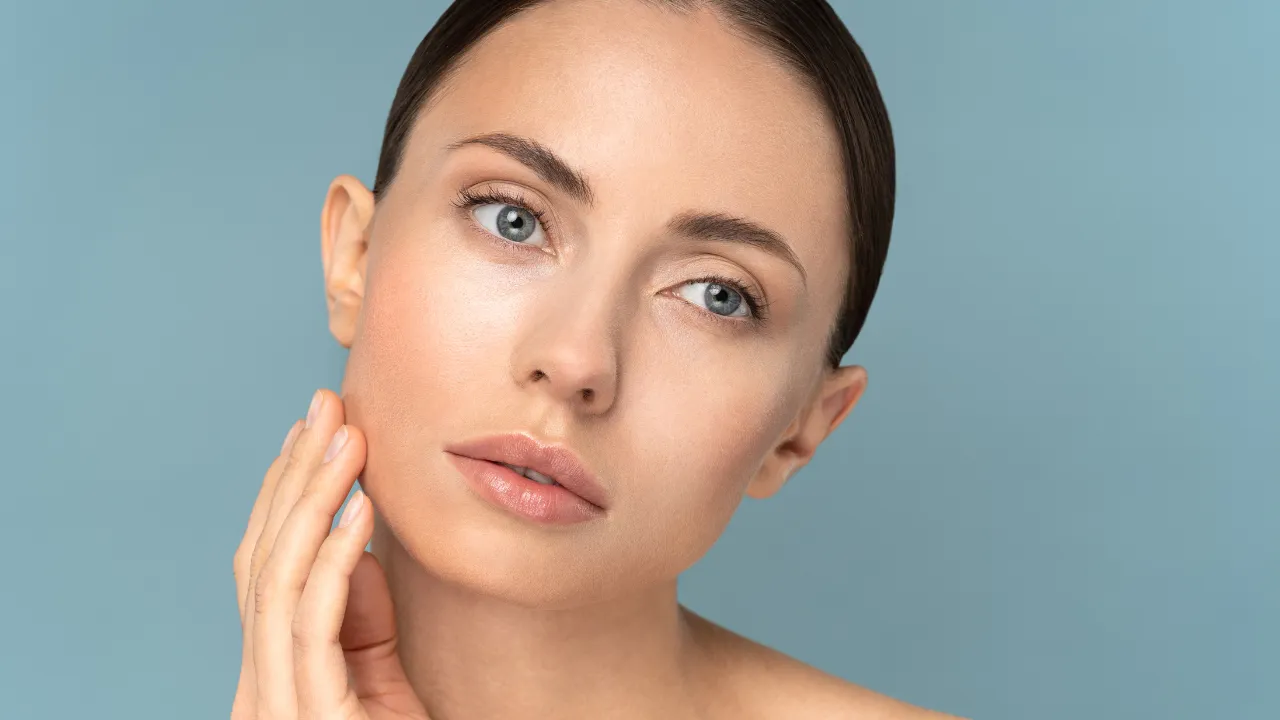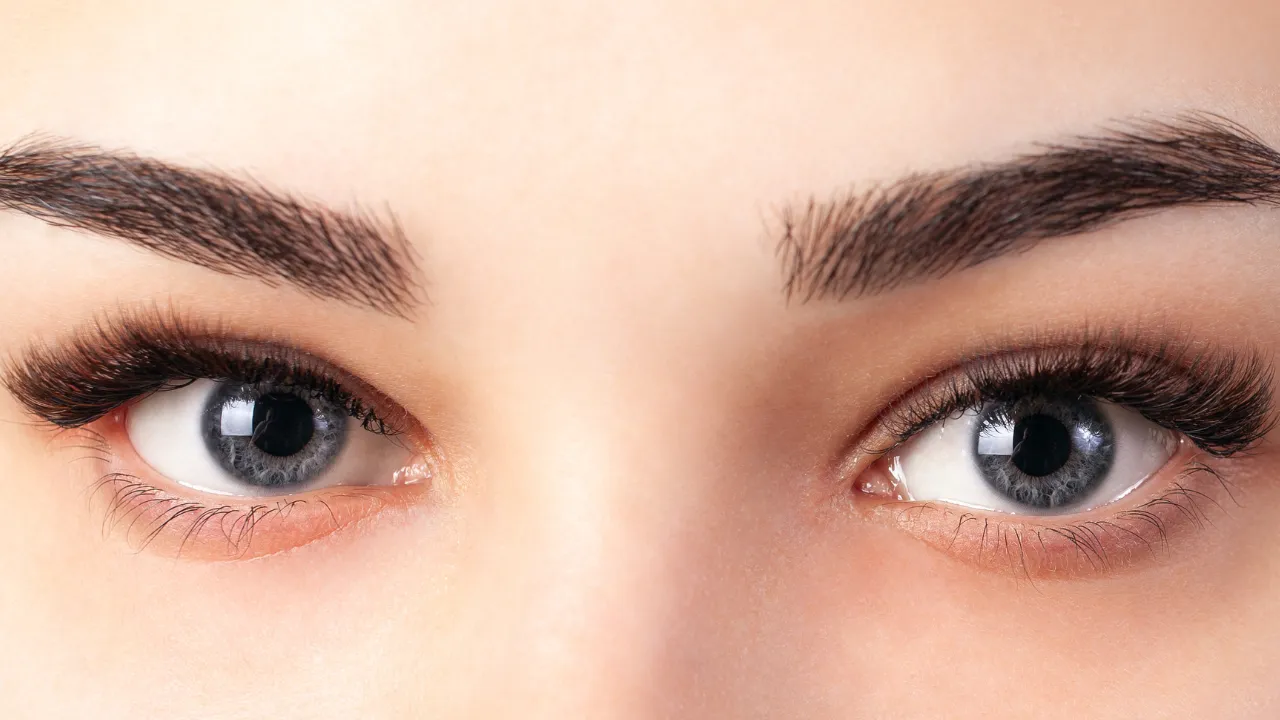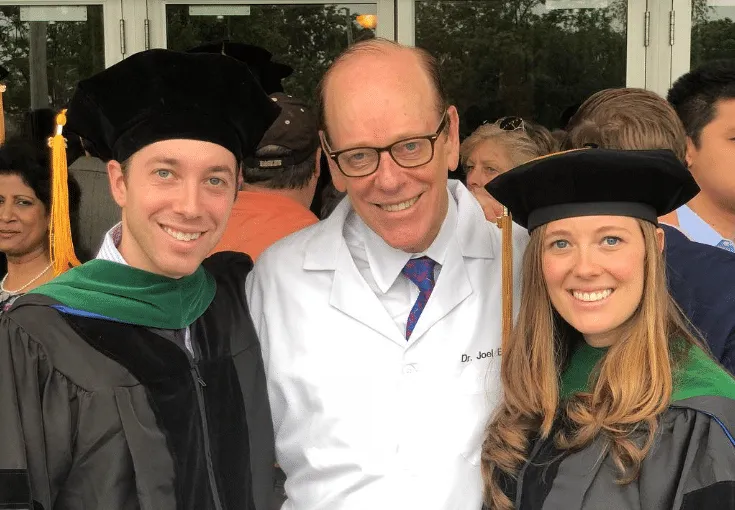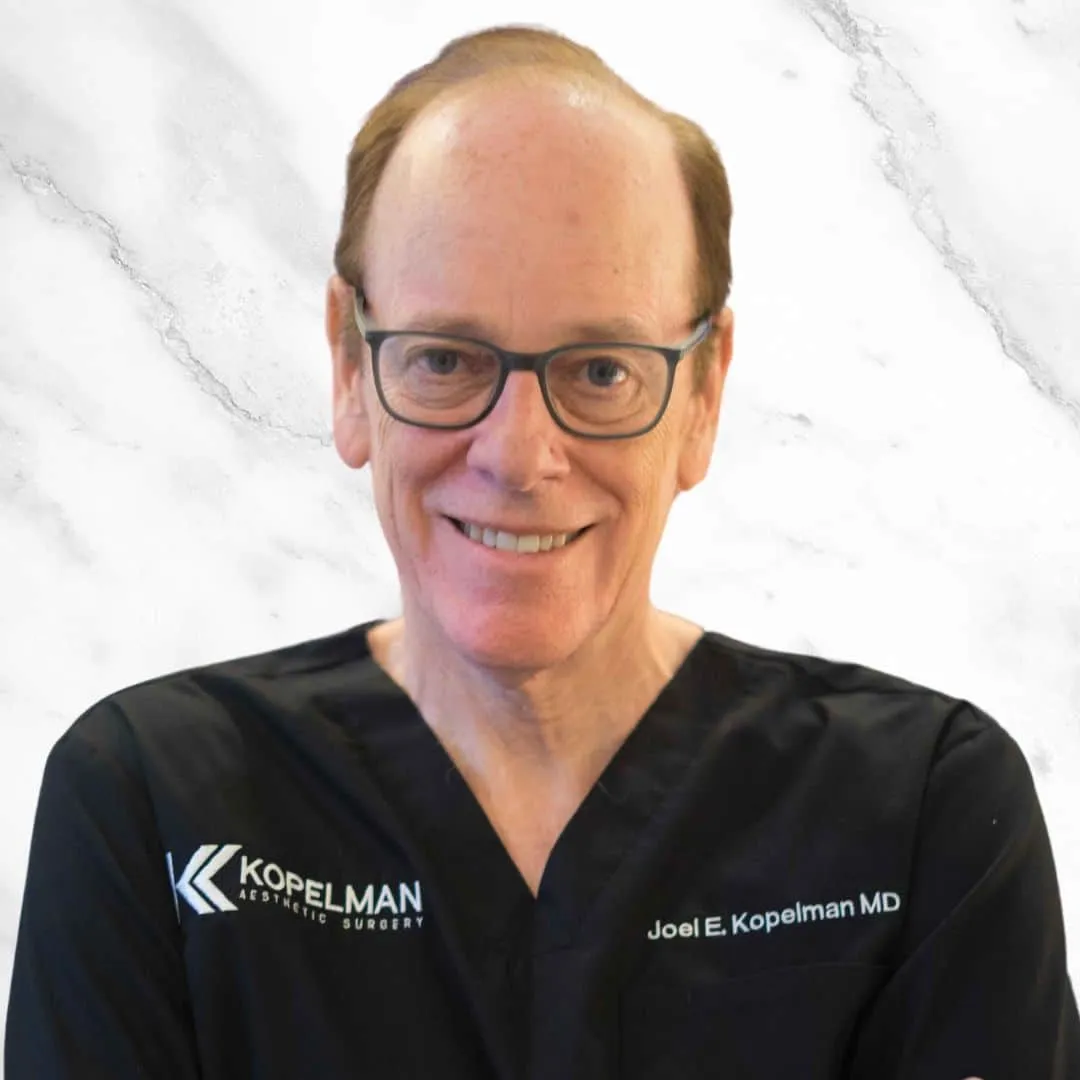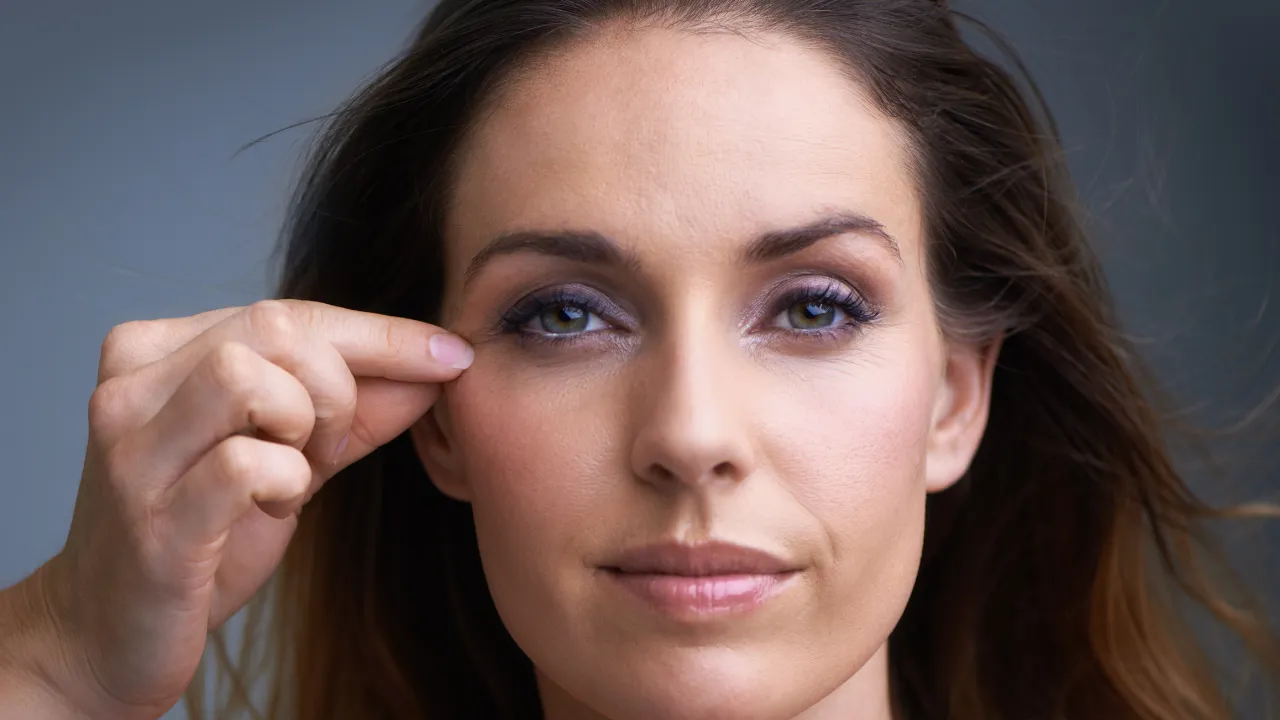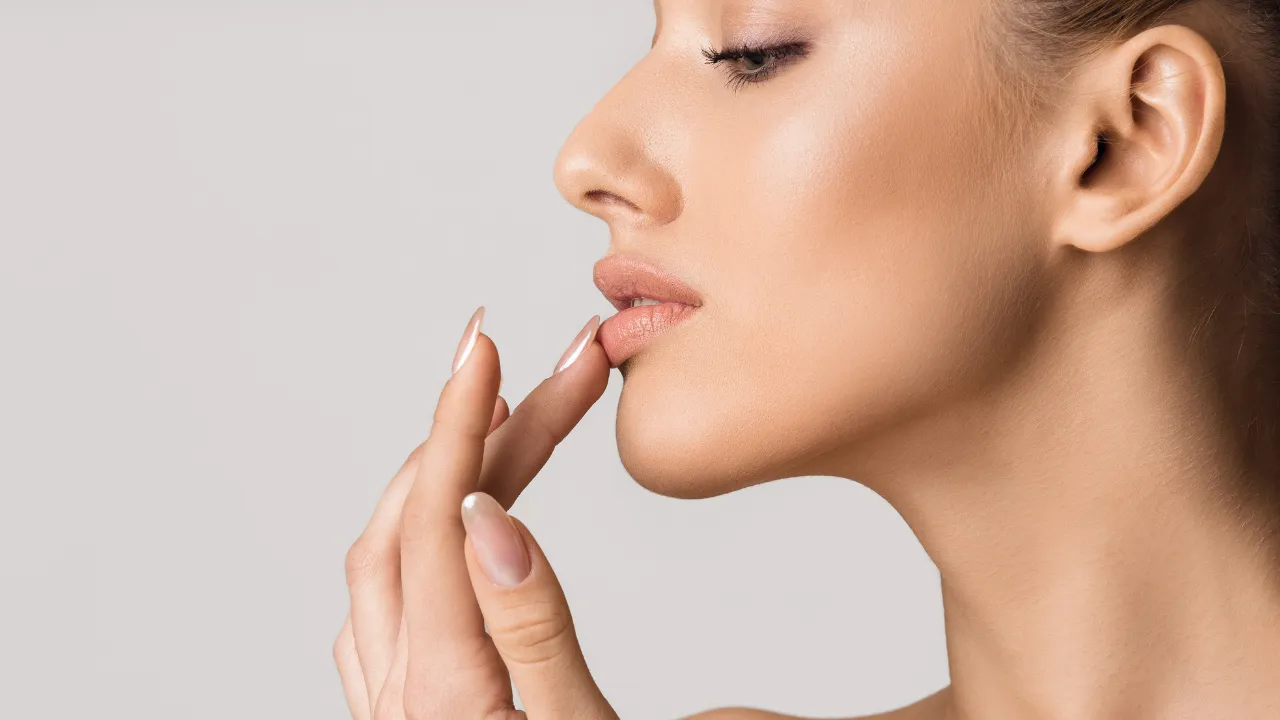In the days following upper eyelid surgery, patients often wonder what to expect next. Understanding the upper blepharoplasty recovery week 3 can help set realistic expectations and reduce unnecessary concerns.
At Kopelman Aesthetic Surgery, Dr. Joel Kopelman offers expert guidance to ensure patients recover safely, comfortably, and with optimal results.
Table of Contents
ToggleHealing Timeline: Day by Day to Week 3
Upper blepharoplasty recovery follows a predictable pattern for most patients. During the first week, you may experience swelling, tightness, and mild bruising.
Most individuals begin to notice changes within a few days after surgery as the initial inflammation subsides.
- Day 1: Swelling and bruising peak. You may feel pressure around the eyes and have some blurry vision. Apply a cold compress every hour while awake.
- Day 2: Swelling may increase slightly. Discomfort is manageable with prescribed medication. Continue cold compresses and rest.
- Day 3: Bruising starts to darken. The upper eyelids may feel tight, and light sensitivity is a common symptom. Avoid screen time where possible.
- Day 4: Bruising begins to shift in color. You may feel less pressure. Walking can help increase blood flow.
- Day 5: Stitches are typically removed. Swelling starts to decline. Most patients feel more mobile.
- Day 6: Discomfort continues to decrease. Some patients report an itchy sensation at the incision sites.
- Day 7: Noticeable improvement. You may start to resume light daily tasks. Incision sites may appear pink but are healing well.
- 1 Week Post-Blepharoplasty: By this point, most patients will have noticed a reduction in discomfort. You may feel more comfortable around your incision sites.
Weeks 2 and 3 show continued progress. Residual swelling may remain, but it’s generally minor.
Many patients return to work between 10 and 14 days after surgery, provided they avoid strenuous activity.
Learn more about upper blepharoplasty and fat pad removal if you’re curious about the surgical technique behind the healing..
Desk workers often return after 10 days. Physically demanding roles may require 2–3 weeks, depending on the extent of bruising and individual energy levels.
Visual Progress and Common Recovery Concerns
Photos taken during the upper bleph recovery day by day process can help track your healing. By week 3, most patients appear well-rested, and bruising is minimal or has resolved.
The incisions typically follow the natural crease of the eye, making them less noticeable over time.
Common concerns include swelling, scarring, and temporary side effects. Mild swelling may persist into week 3, but is usually not apparent to others.
Any remaining scars tend to fade gradually, especially when following the surgeon’s instructions for aftercare.
Scars may begin to fade significantly around 6–8 weeks and blend more fully with the skin by 3–6 months, especially if kept protected from the sun.
Blurry vision may still occur temporarily, particularly after long periods of screen time.
Protect your eyes by limiting exposure to harsh light and taking breaks during computer use.
Don’t be alarmed if one eyelid heals slightly faster—this is common and resolves over time.
To make healing expectations easier to track, here’s a week-by-week visual-style summary:
- Week 1: Swelling and bruising peak, stitches removed.
- Week 2: Major bruising fades, light activity resumes.
- Week 3: Minimal swelling, makeup possibly allowed, scar visibility reduced.
Upper and Lower Eyelid Recovery Comparison
Upper and lower blepharoplasty involve different healing experiences. Upper bleph healing tends to be faster because the incisions are less exposed to movement and swelling.
Lower eyelid surgery may result in more noticeable bruising and take longer to resolve.
For those undergoing both procedures, expect the lower eyelids to take slightly longer to achieve the final results.
Recovery photos often show that the upper eyelids look more refined earlier in the process.
If you’re unsure who to trust for these procedures, visit our page on the best eye lift surgeon to learn what to look for in a provider.
Care Guidelines and Activity Restrictions
To support healing, follow your post-blepharoplasty care plan closely. This includes cleaning incision sites as directed and avoiding heavy lifting or bending.
- Avoid: Rubbing your eyes, wearing contact lenses, and applying makeup in the first 10–14 days.
- Do: Use prescribed ointments, wear sunglasses outdoors, and apply cold compresses as needed.
- Tip: Keep your head elevated when sleeping to minimize swelling.
Returning to work depends on how quickly swelling and bruising resolve. Most patients resume light activities after one week and return to work by weeks 2–3.
Recovery Stages and When to Call Your Surgeon
Blepharoplasty healing stages continue beyond the third week. Final results are often visible after six weeks, although subtle changes may persist for up to three months.
Watch for signs that require medical attention:
- Increased redness or pain around the incision sites
- Discharge or signs of infection
- Worsening blurry vision or eye dryness
Contact your surgeon promptly if any of these issues arise. Dr. Kopelman emphasizes personalized care, and his team is available to address concerns throughout the recovery process.
Your Next Steps
Dr. Joel Kopelman brings over 35 years of experience in cosmetic surgery, with a specialization in natural-looking eyelid procedures.
Patients choose Kopelman Aesthetic Surgery for trusted, medically sound care and results that significantly improve both appearance and confidence.
If you’re considering upper blepharoplasty or want to learn more about the recovery process, schedule a consultation with Dr. Kopelman to gain a deeper understanding.
You can also explore who is qualified to perform these surgeries on our page about who does eyelid surgery.
How long does bruising last after blepharoplasty?
Most bruising resolves within 10–14 days, although some discoloration may persist for a slightly more extended period.
When can I return to work after surgery?
Most patients return to work between 10 and 14 days, depending on their level of healing and the nature of their job.
Do I need to sleep in an upright position after blepharoplasty?
Yes, keeping your head elevated can help reduce swelling, especially during the first week.

